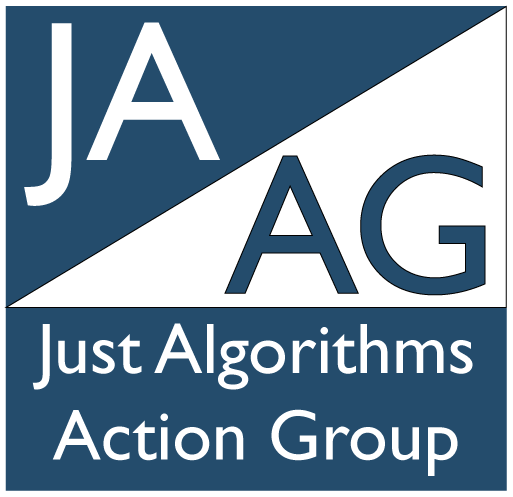A Robo-sampling Revolution in the Music Industry - A Composer’s View, by Joanna Bates
When AI is used in a way that does no harm and seeks to build on historical and accrued knowledge rather than replace it, the result may be the best of both worlds.
Skybox Audio, who are at the forefront in robotic music sampling technology, have devised a keyboard ‘bundle’ of iconic piano and hammered instruments called Hammers & Waves using precision robotic sampling. In doing so, they are making their own waves in the music industry.
As a composer of music and a user of the Native Instruments Kontakt hardware (NKS - Native Kontrol Standard) and software, I find these sounds truly inspirational in terms of the creativity and individual processing parameters. They can certainly be applied to produce something unique.
Since the mid ‘Naughties,’ when granular synthesis became the powerful new way to manipulate and modify sound by adjusting pitch, tempo and other formant characteristics independently of one another, the line between sampler and synthesizer all but disappeared.
That has certainly been the case in the creation of electronic music production. New technologies like digital signal processing techniques used to be the preserve of scientific labs or telecom companies, but with faster computers and processing, application in the creative fields is never far behind.
Fellow composer and music journalist, Reuben Cornell interviewed Danny Dunlap - the founder of Skybox Audio for a blog in January. According to Dunlap, what makes this different from other sample recording processes is that each sample has been “painstakingly sampled by using automated, robotic fingers that apply a precise amount of force to the keys; this keeps the recording and mapping consistent according to force rather than just amplitude. So, this translates to a much more realistic playback under the fingers.”
The robot is almost completely autonomous and can capture an entire 88 key piano keyboard at 16 velocities per note in about 48 hours.
Dunlap continues: “Hammers & Waves goes way beyond the scope of most standard keyboard libraries; the specially sourced and prepared instruments, the precision playing of the robotic capture and the innovative Kontakt engines all contribute to a supremely playable and ever-inspiring collection.”
Having looked and listened to some of the promotional media around Hammers & Waves, I certainly agree that the range of creative possibility is incredible — and because of the precision (robotic) sampling technique, it makes laborious tasks such as velocity editing, a thing of the past…almost.
It is worth noting, however, that in the ‘prepared’ piano (a piano with objects) library, to achieve this wondrous adaptation of a prepared piano sound called muted relic - it has been treated with a thick layer of gaffa tape to dampen the sound…and similarly, Obscura Grand (apparently, based on a Yamaha C6 sound) was sampled with felt woven between the hammers and strings to make it incredibly authentic.
So, it seems that co-operation and collaboration with AI technologies can show the way to a bright, innovative future, as long as the proverbial baby still resides in the bathwater - at least some of the time.
“JAAGSPIEL” by Joanna Bates
Images courtesy of Native Instruments & Reuben Cornell


